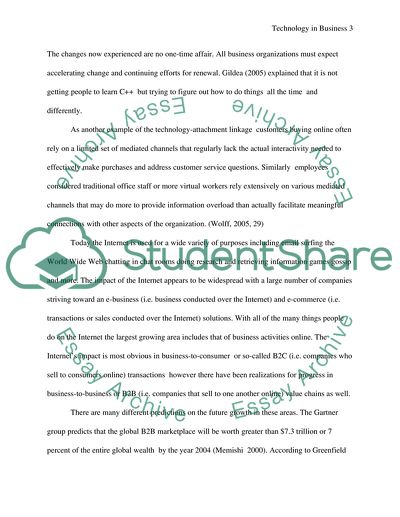Cite this document
(“The different kinds of Technology being used in business Research Paper”, n.d.)
The different kinds of Technology being used in business Research Paper. Retrieved from https://studentshare.org/miscellaneous/1565769-the-different-kinds-of-technology-being-used-in-business
The different kinds of Technology being used in business Research Paper. Retrieved from https://studentshare.org/miscellaneous/1565769-the-different-kinds-of-technology-being-used-in-business
(The Different Kinds of Technology Being Used in Business Research Paper)
The Different Kinds of Technology Being Used in Business Research Paper. https://studentshare.org/miscellaneous/1565769-the-different-kinds-of-technology-being-used-in-business.
The Different Kinds of Technology Being Used in Business Research Paper. https://studentshare.org/miscellaneous/1565769-the-different-kinds-of-technology-being-used-in-business.
“The Different Kinds of Technology Being Used in Business Research Paper”, n.d. https://studentshare.org/miscellaneous/1565769-the-different-kinds-of-technology-being-used-in-business.


